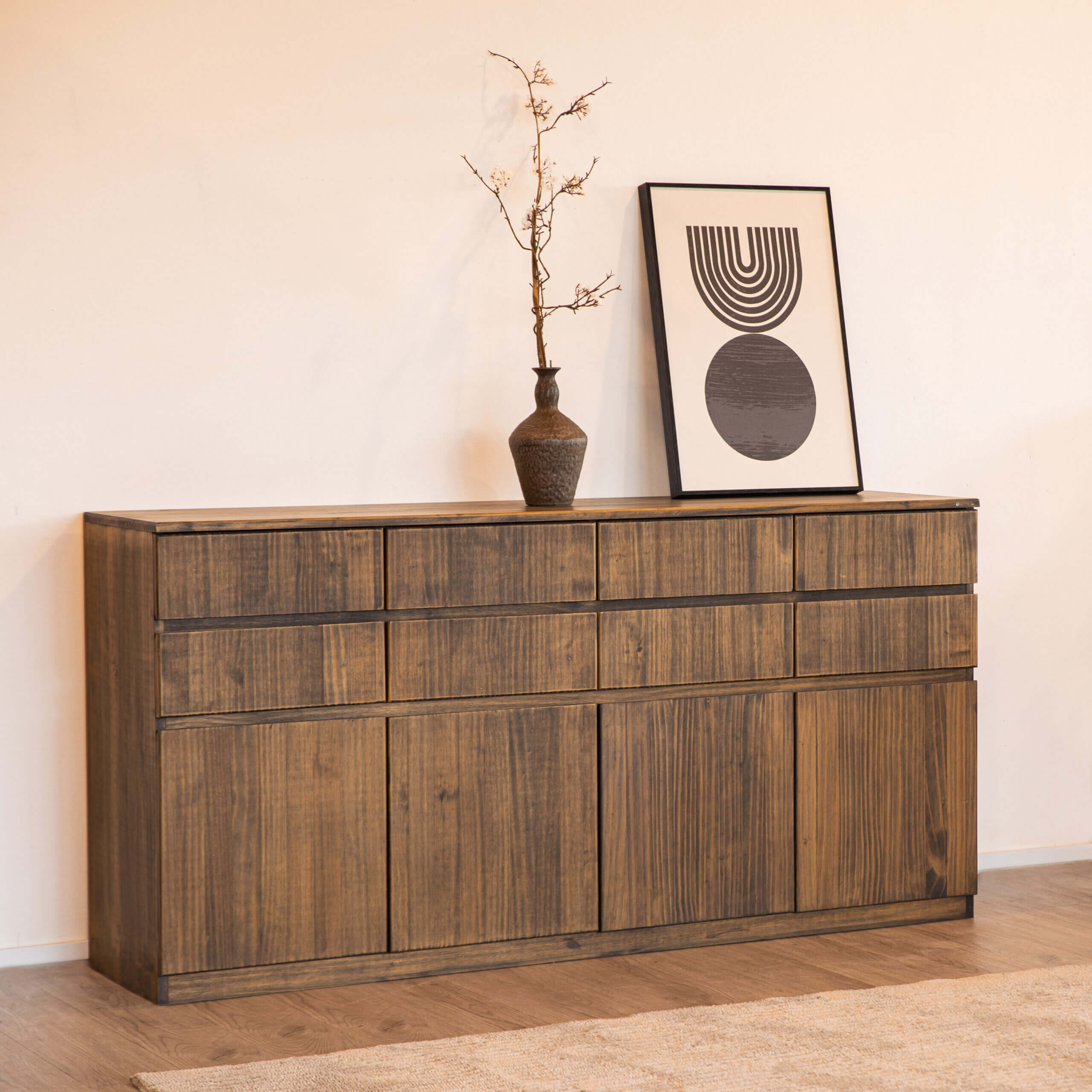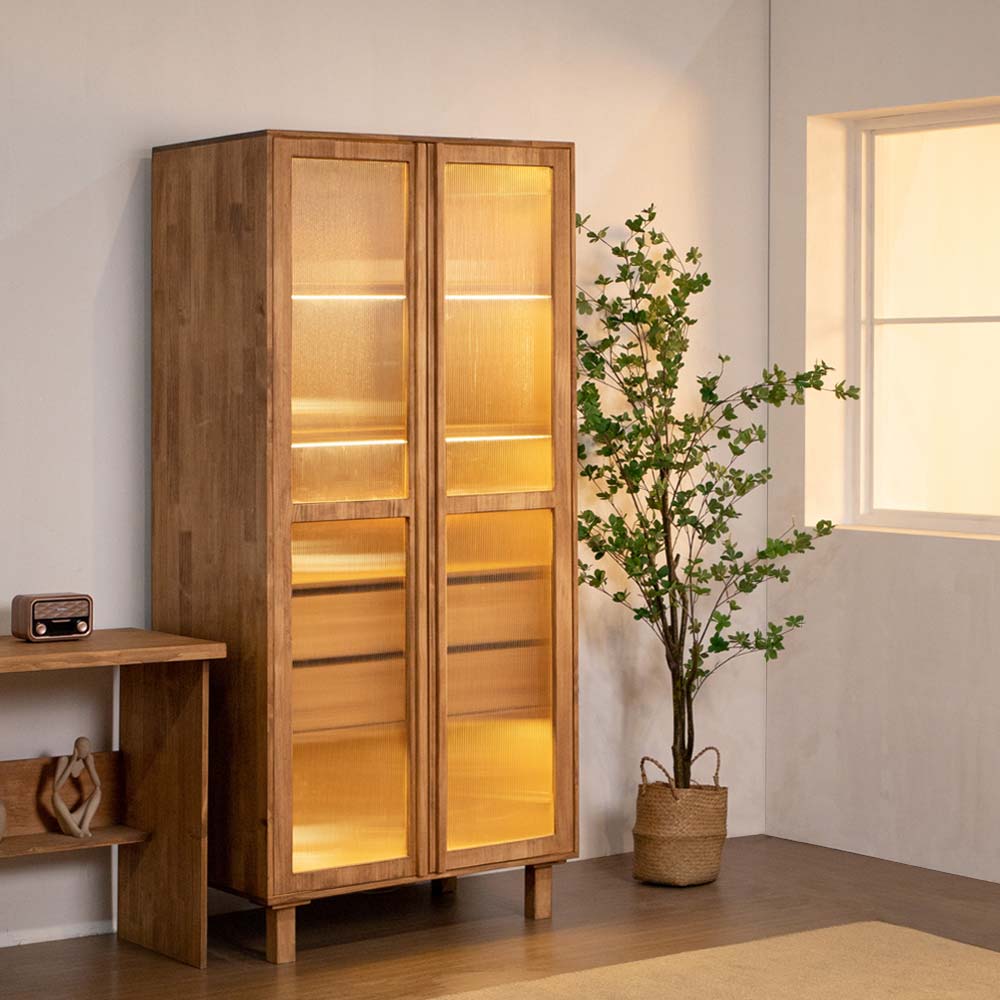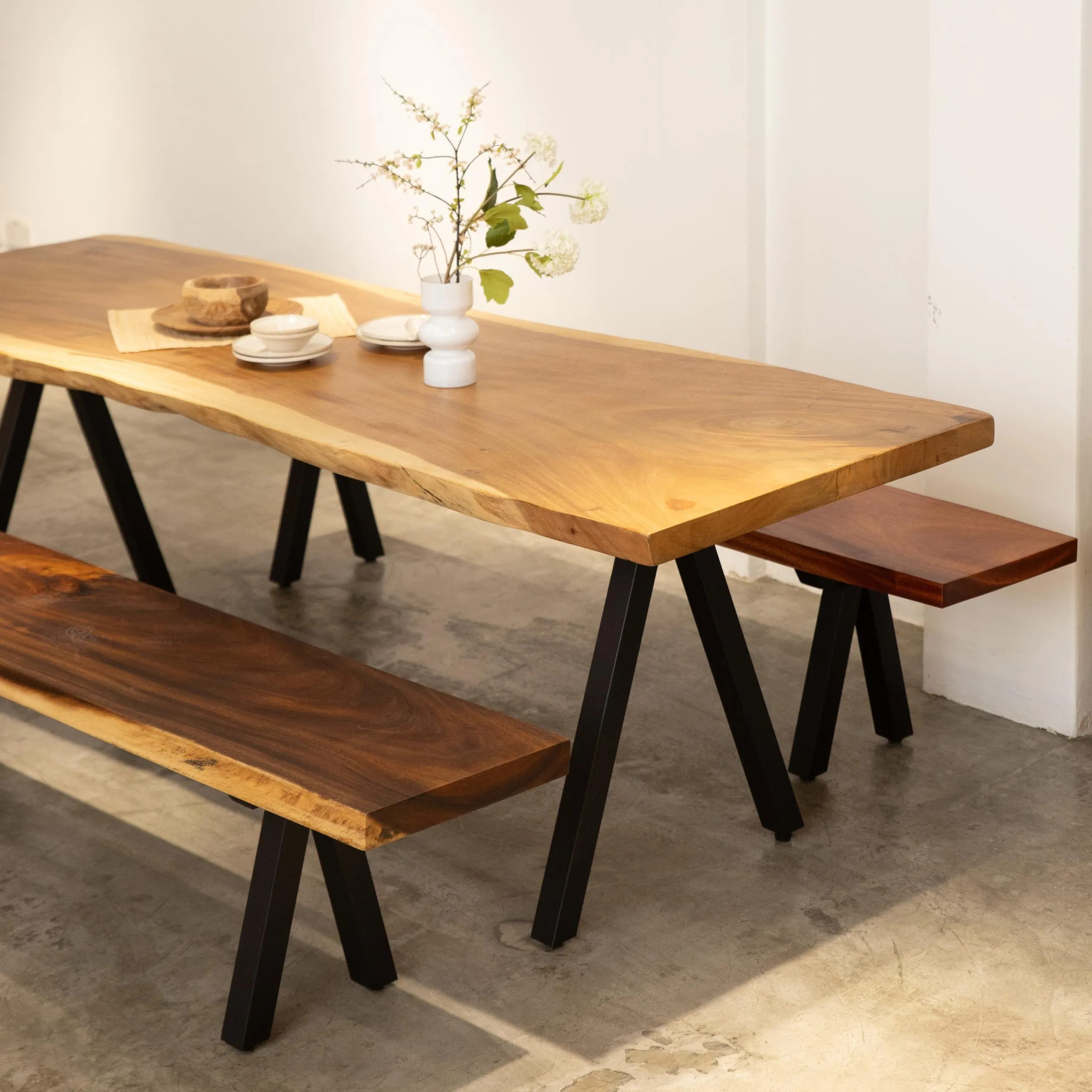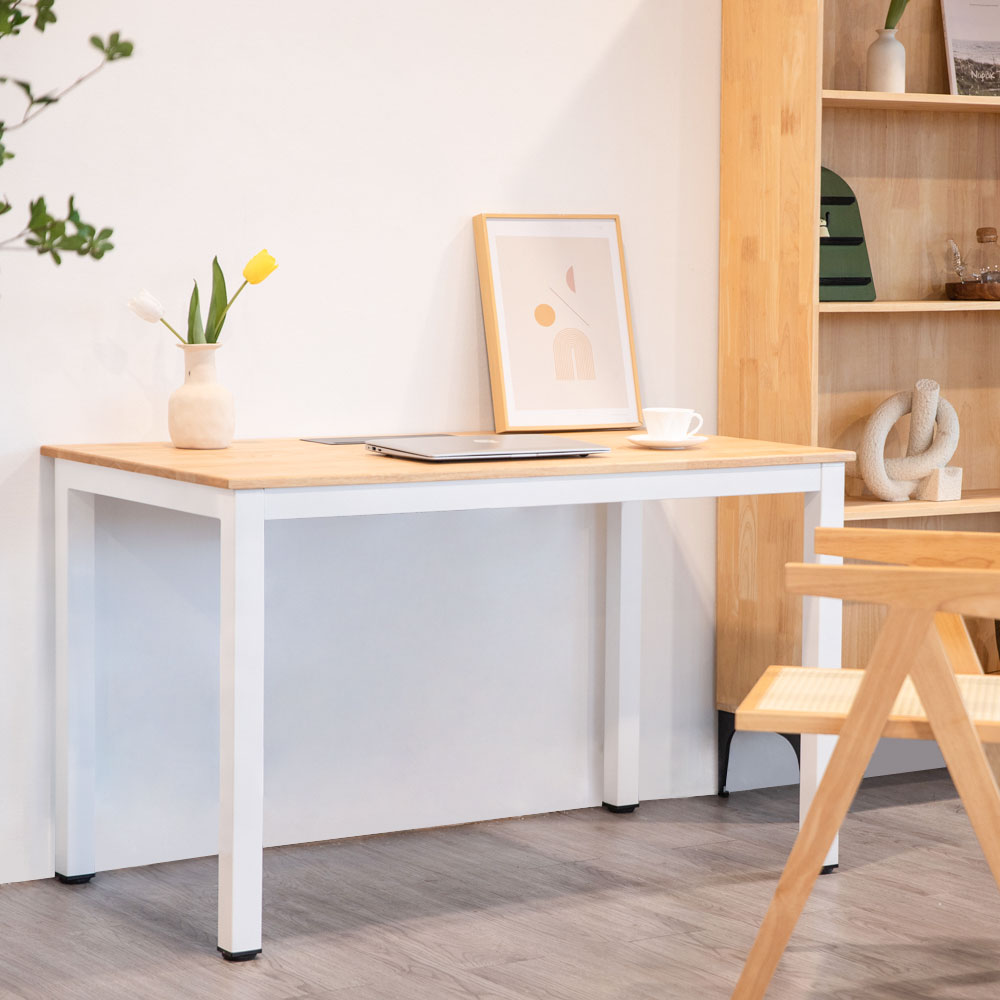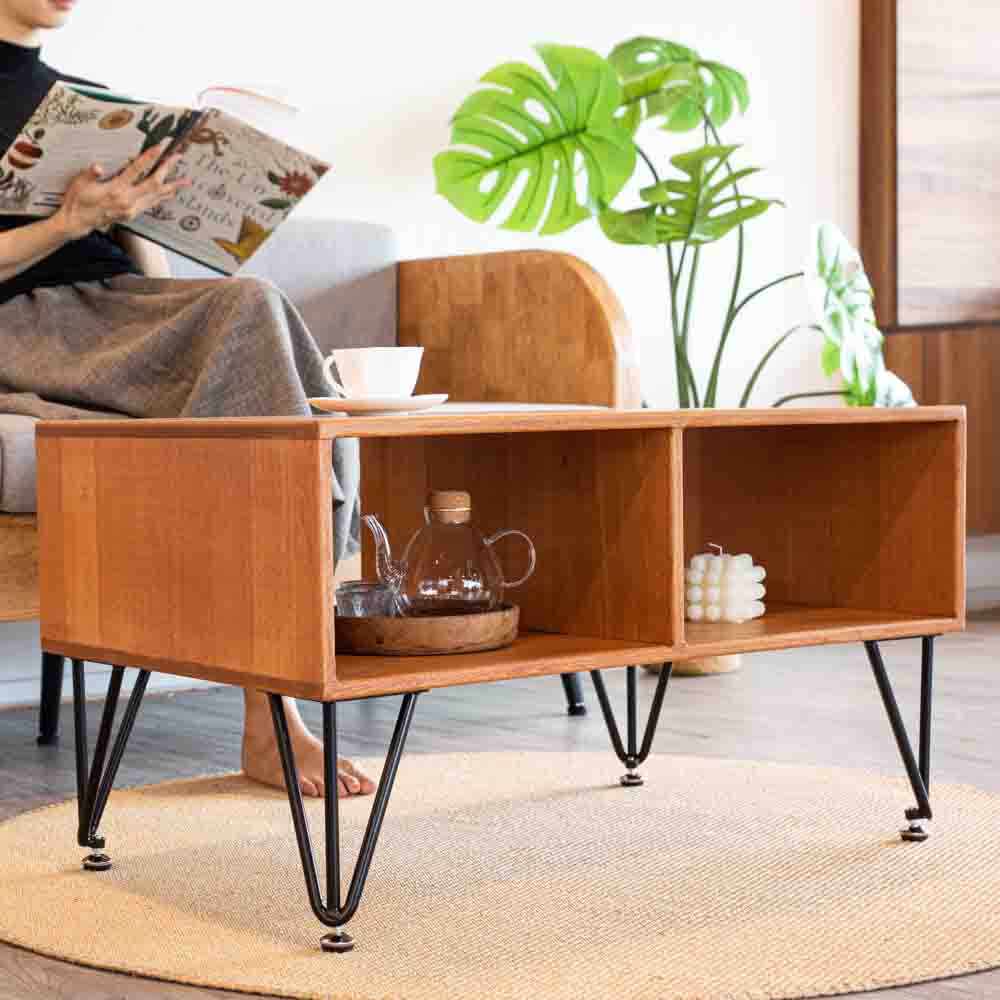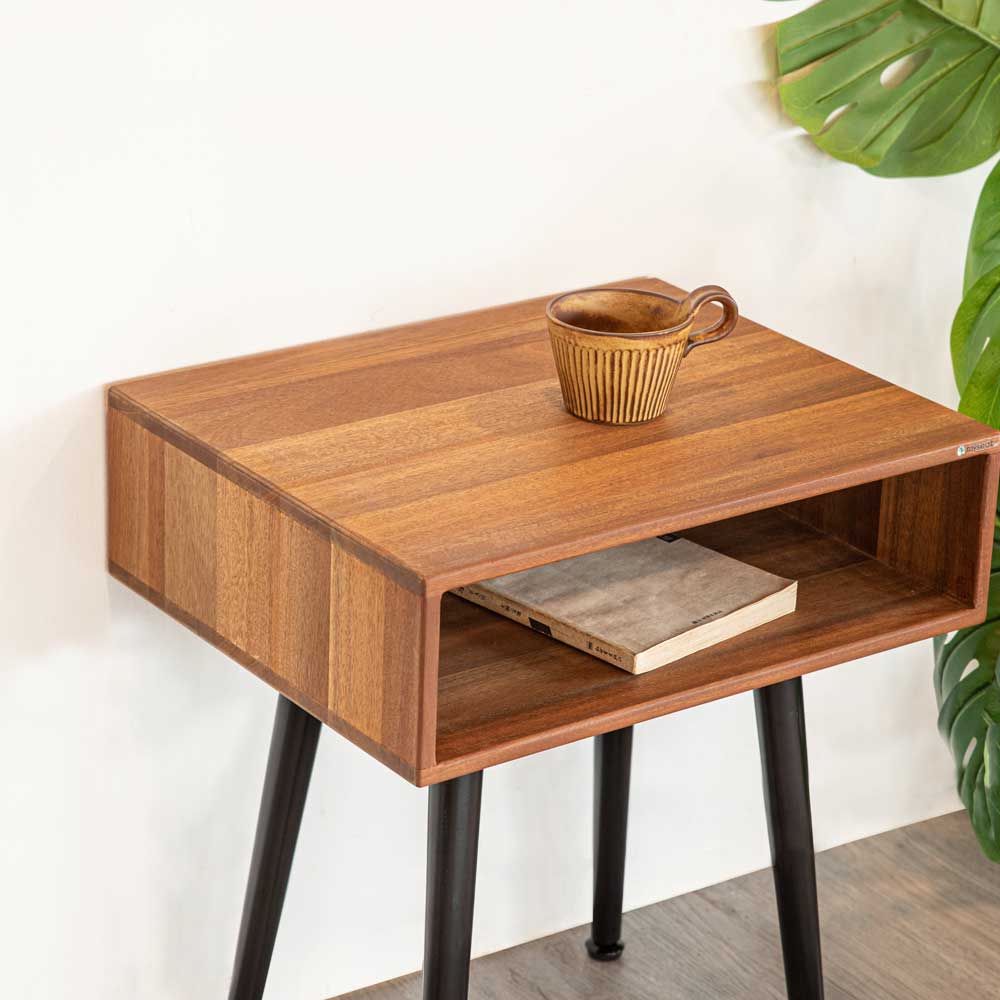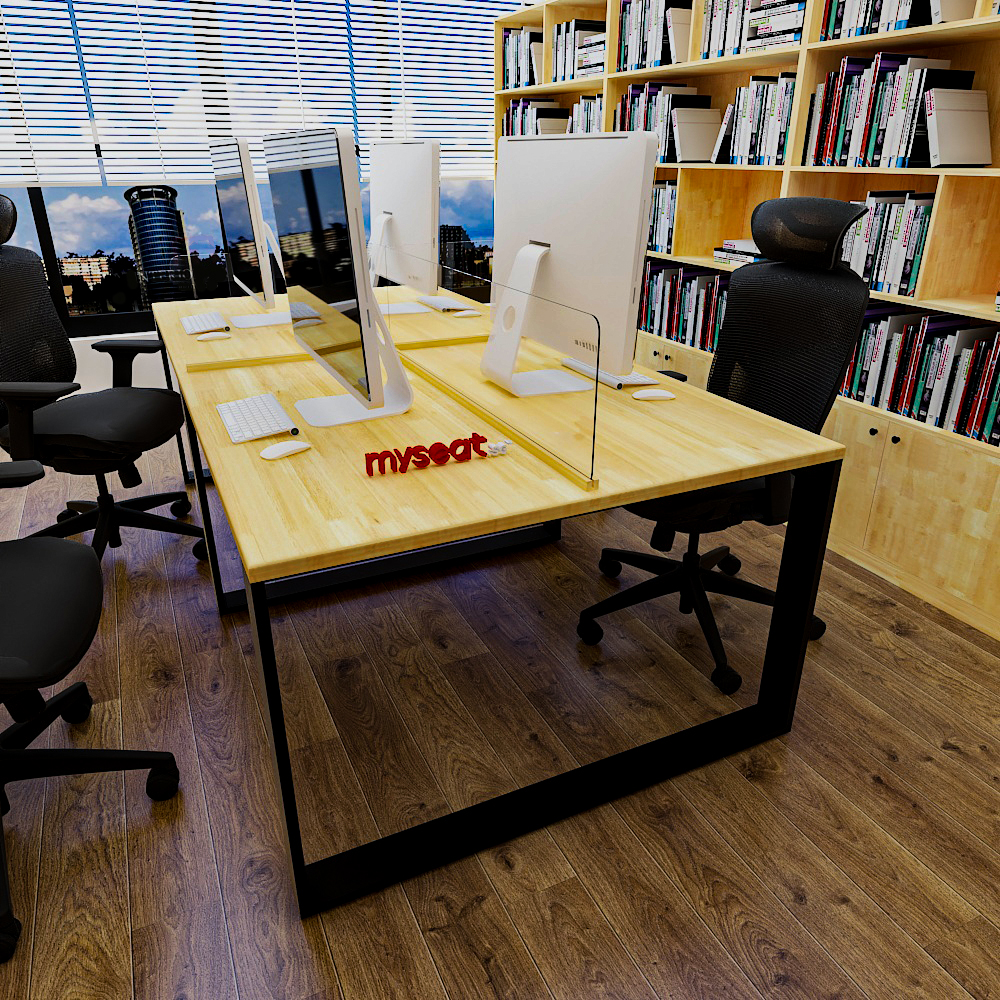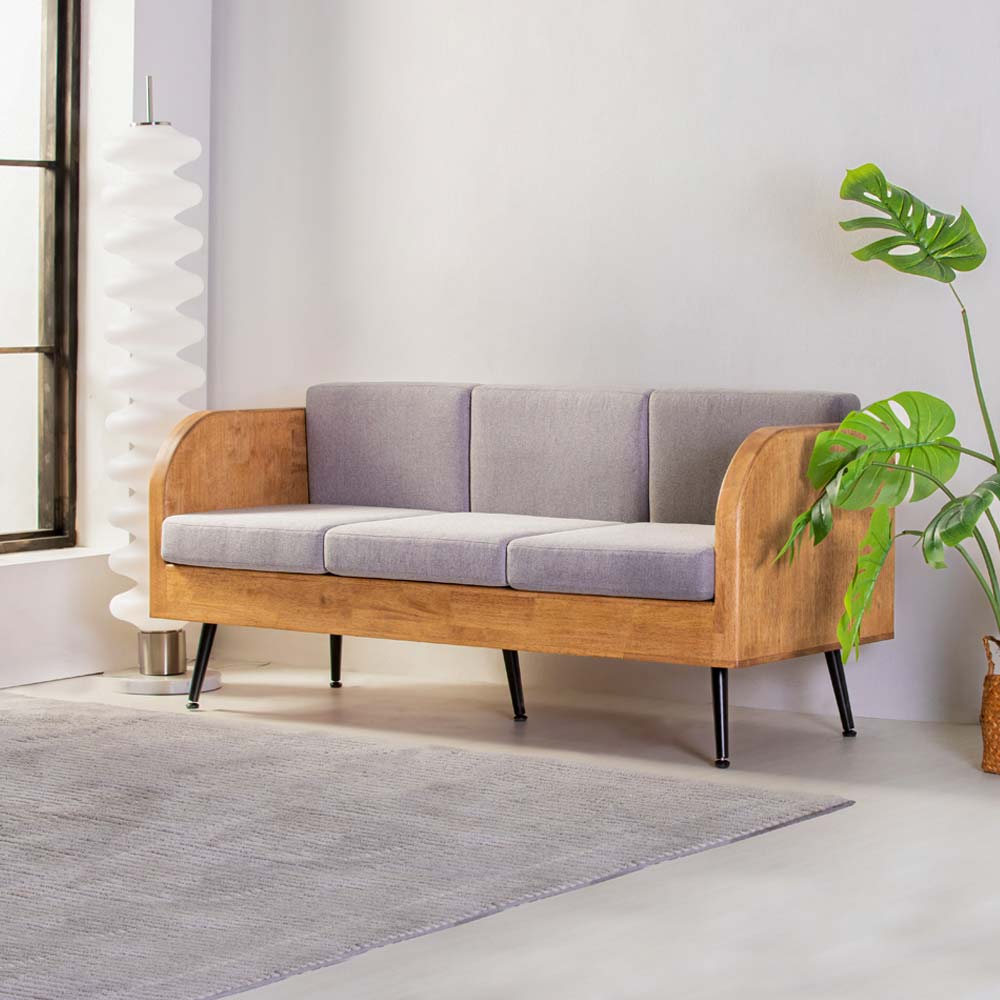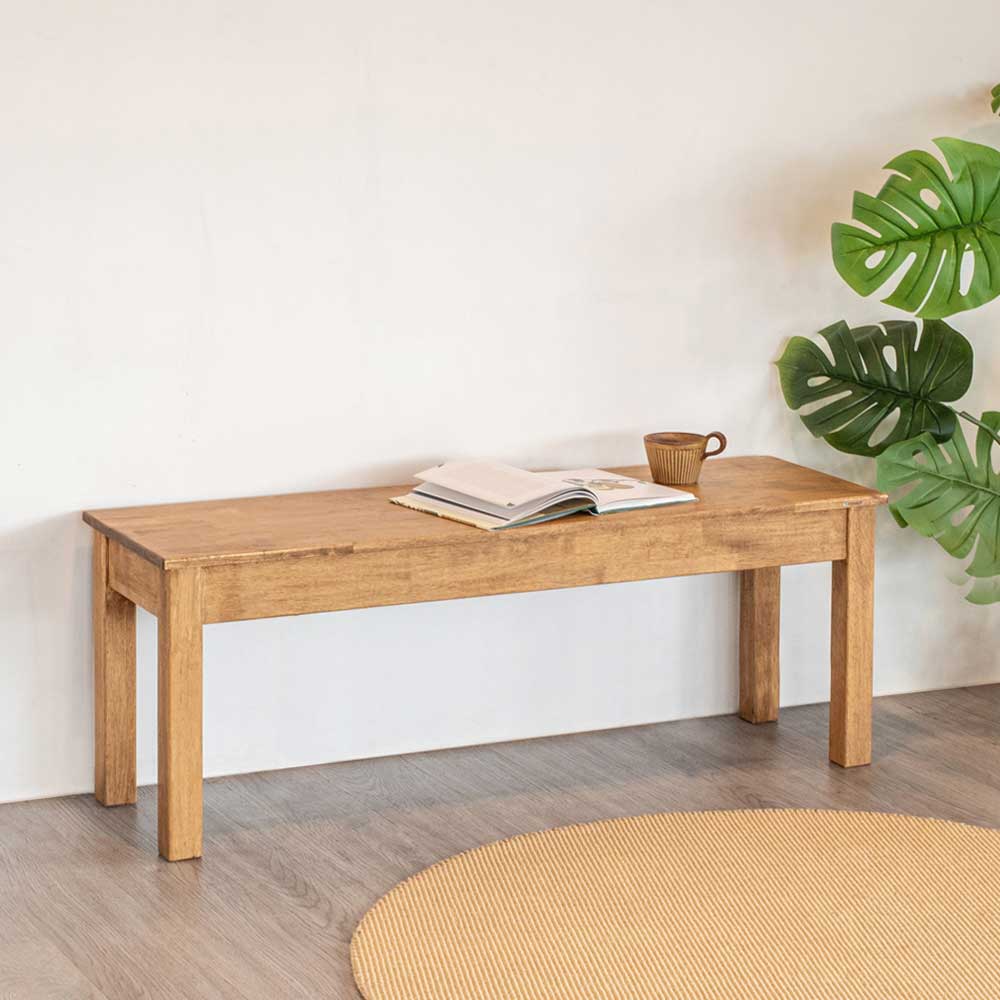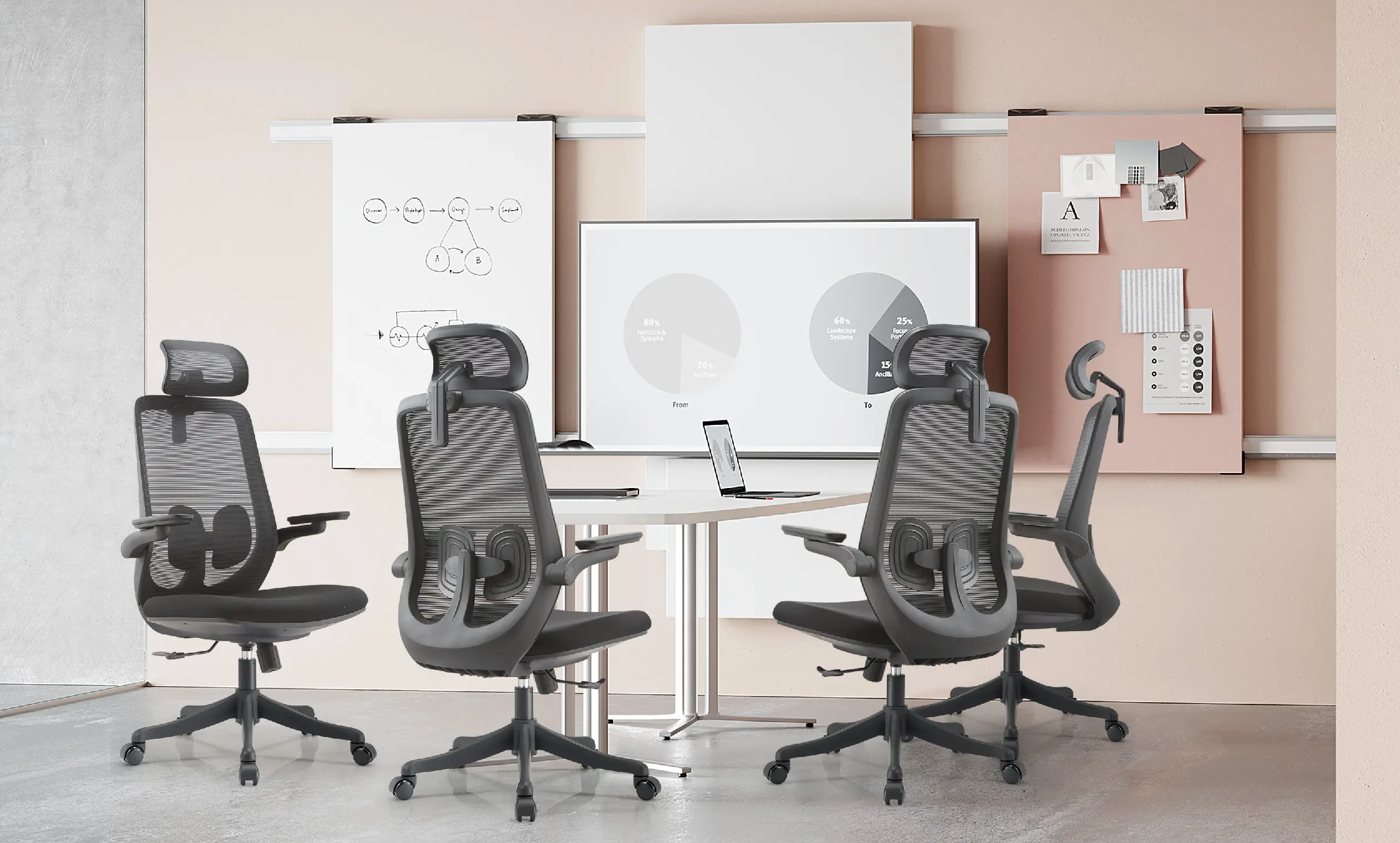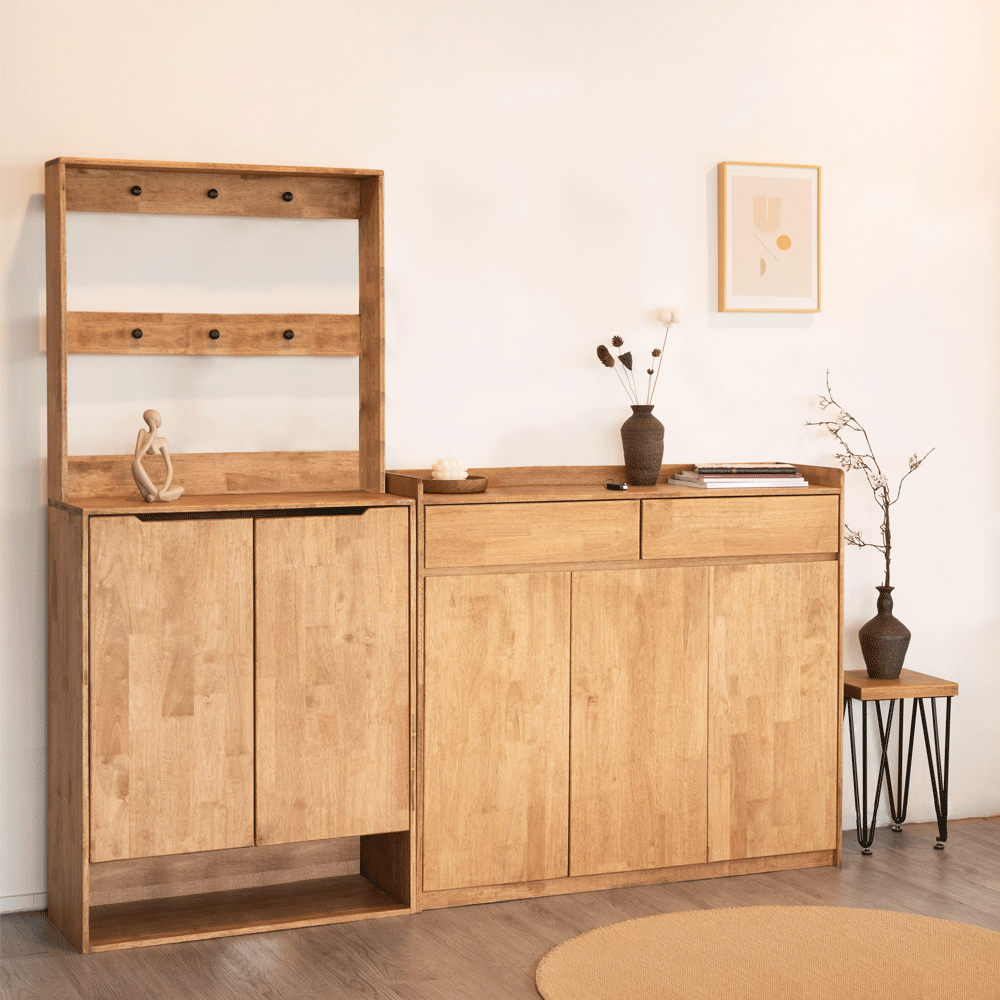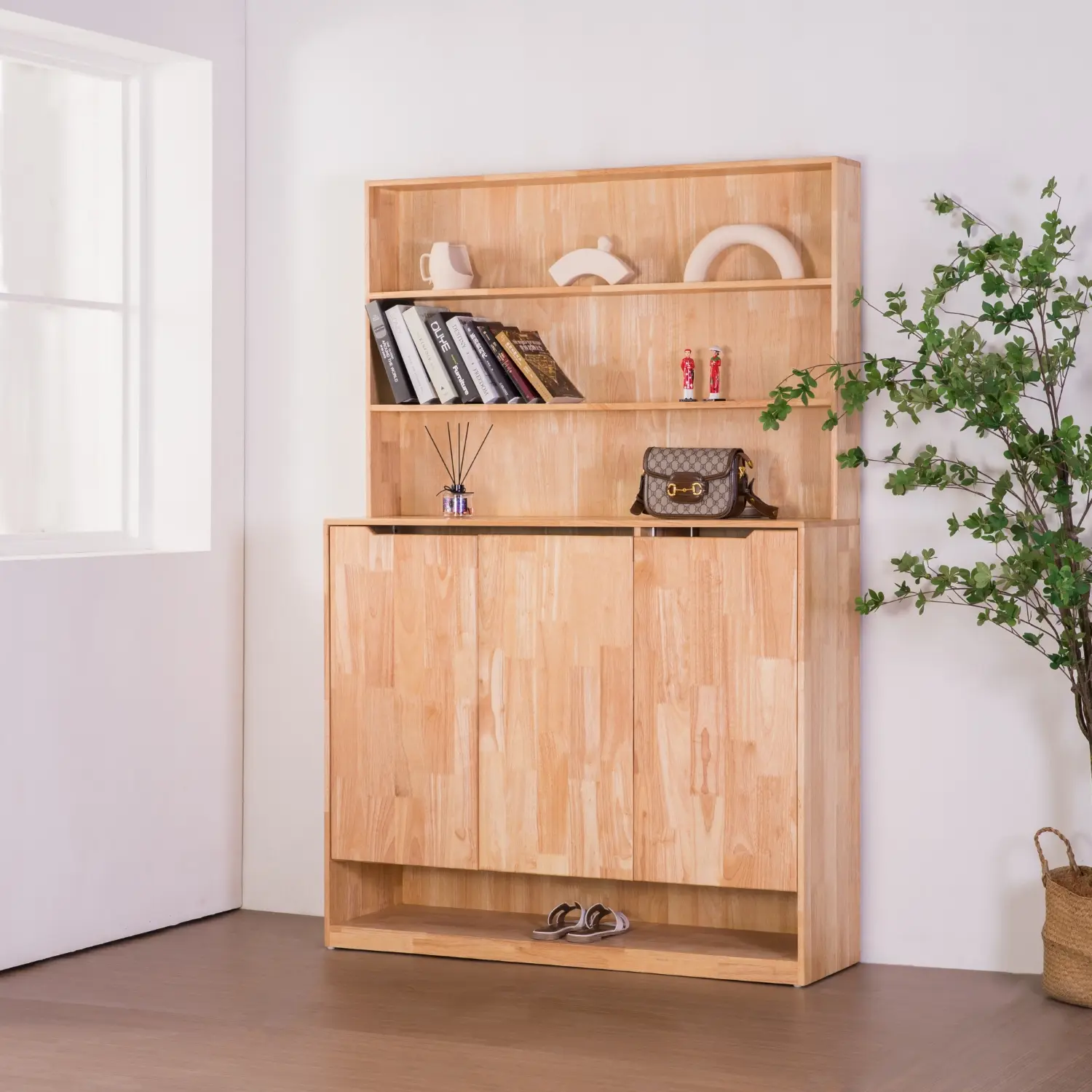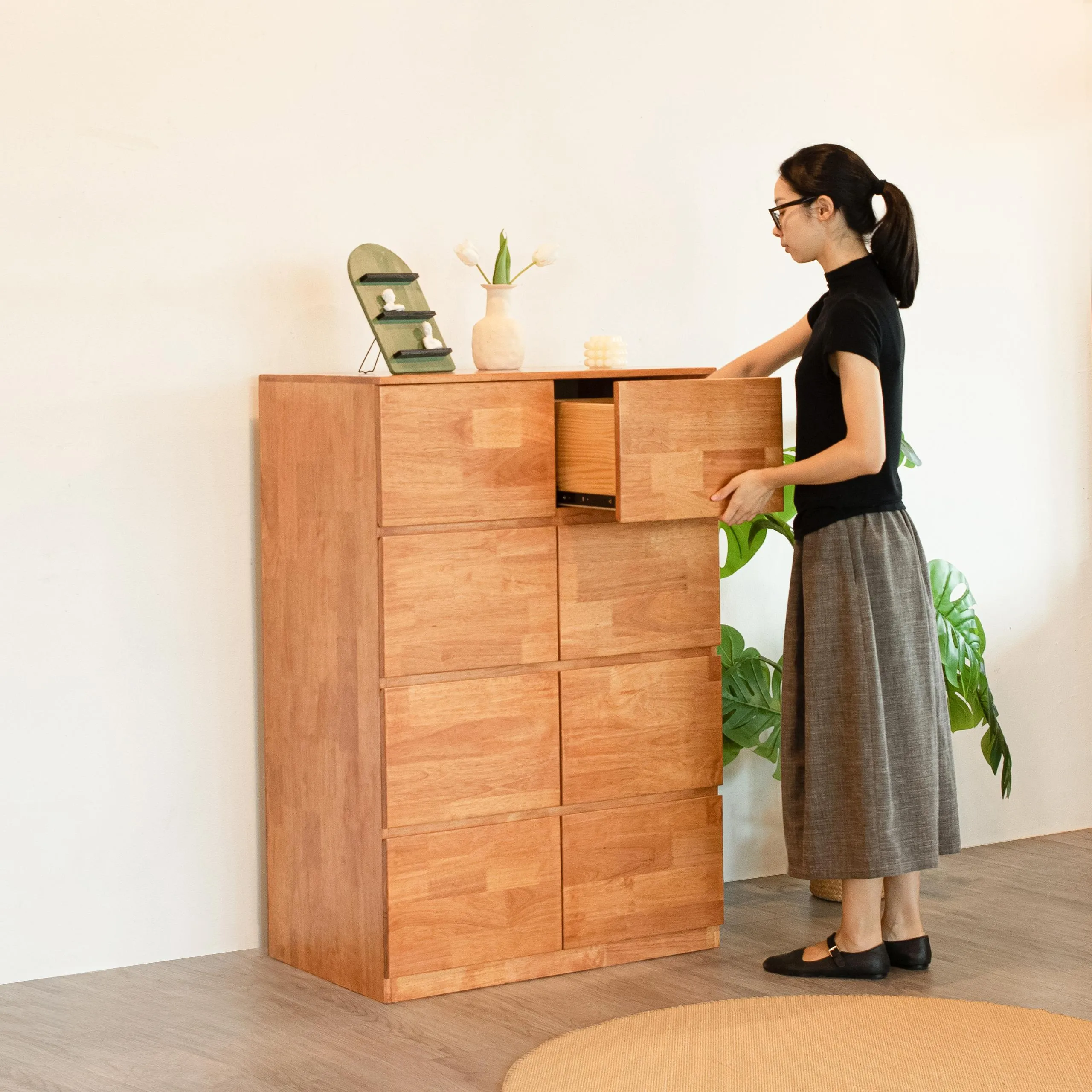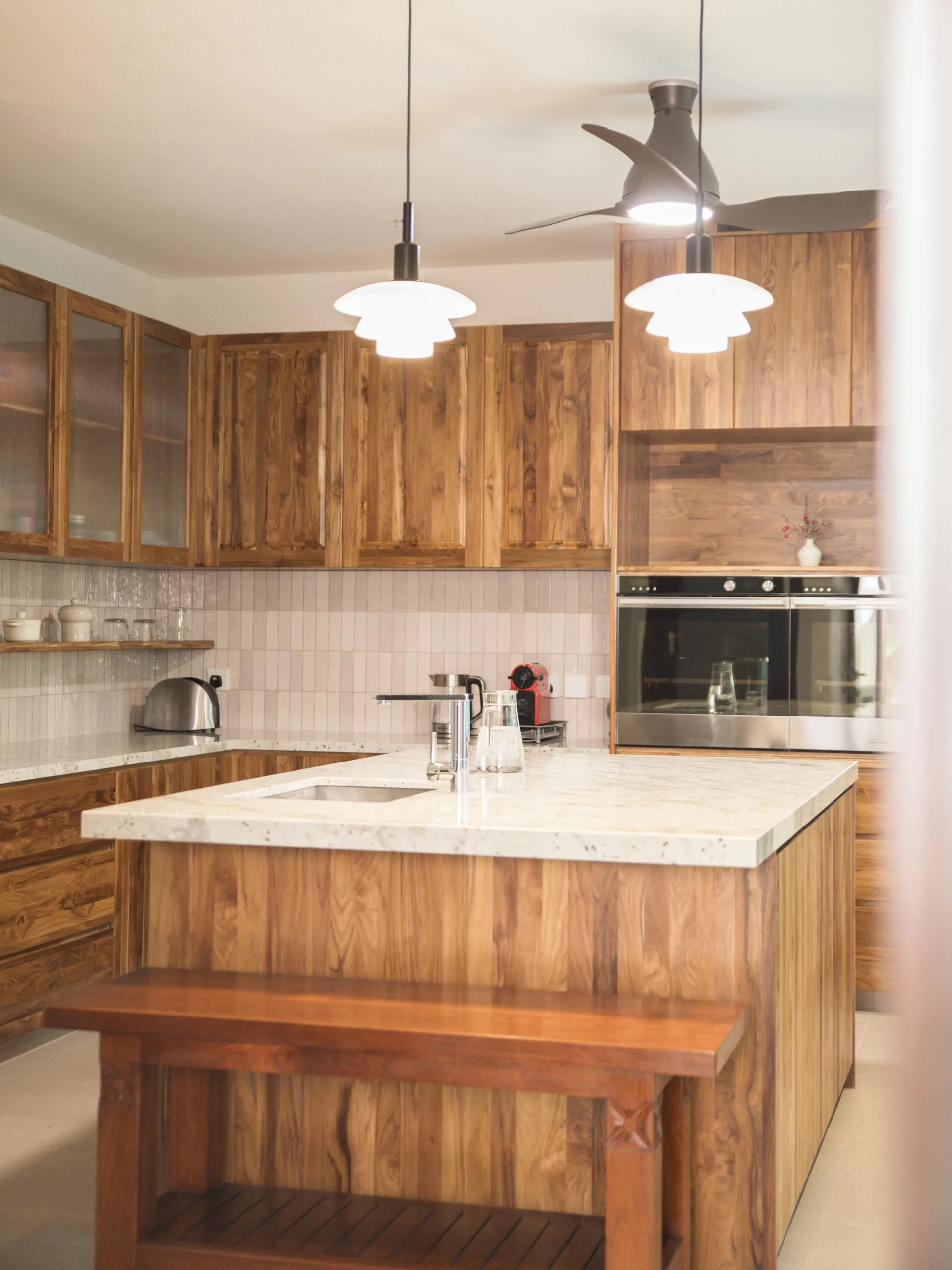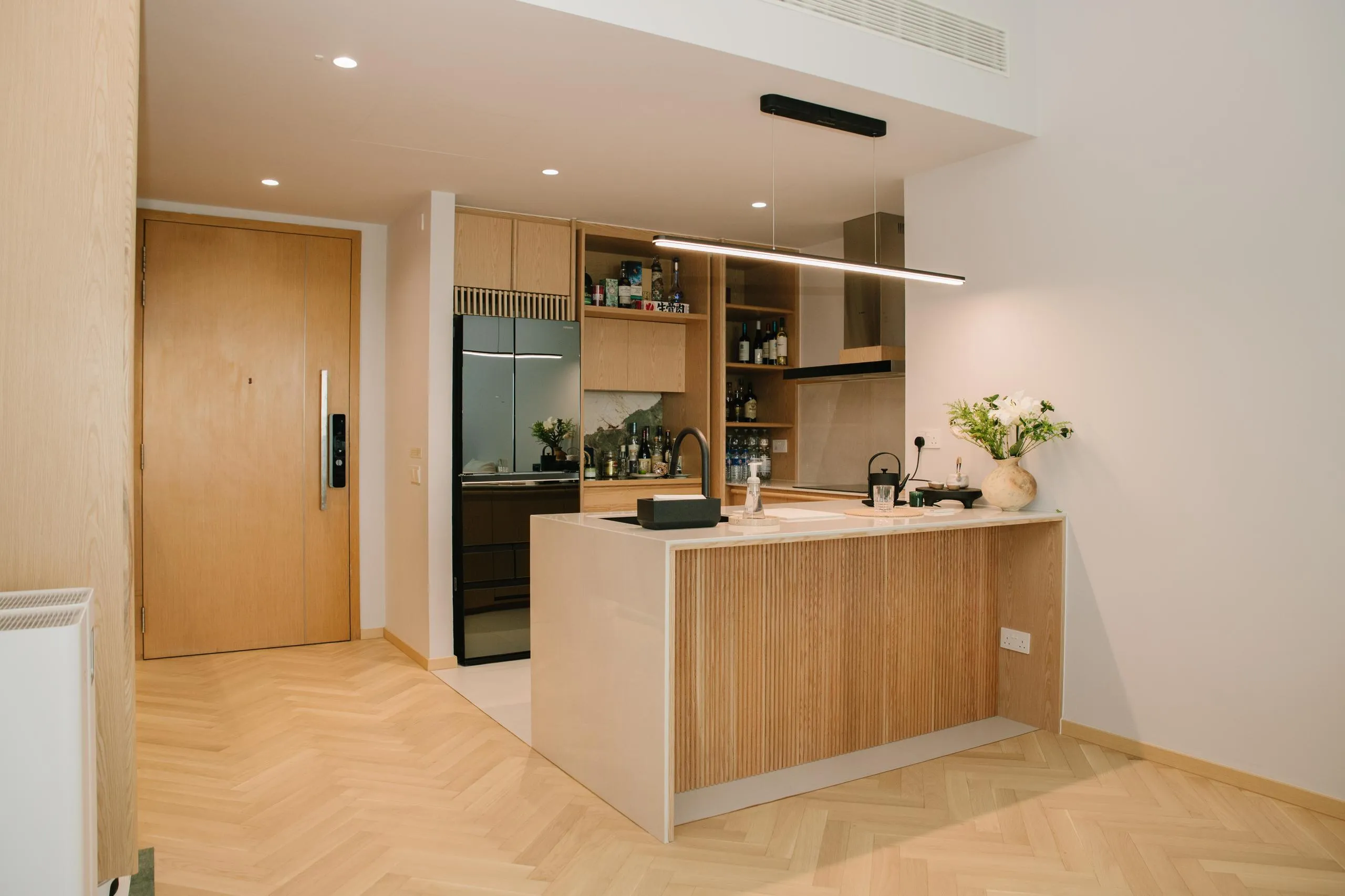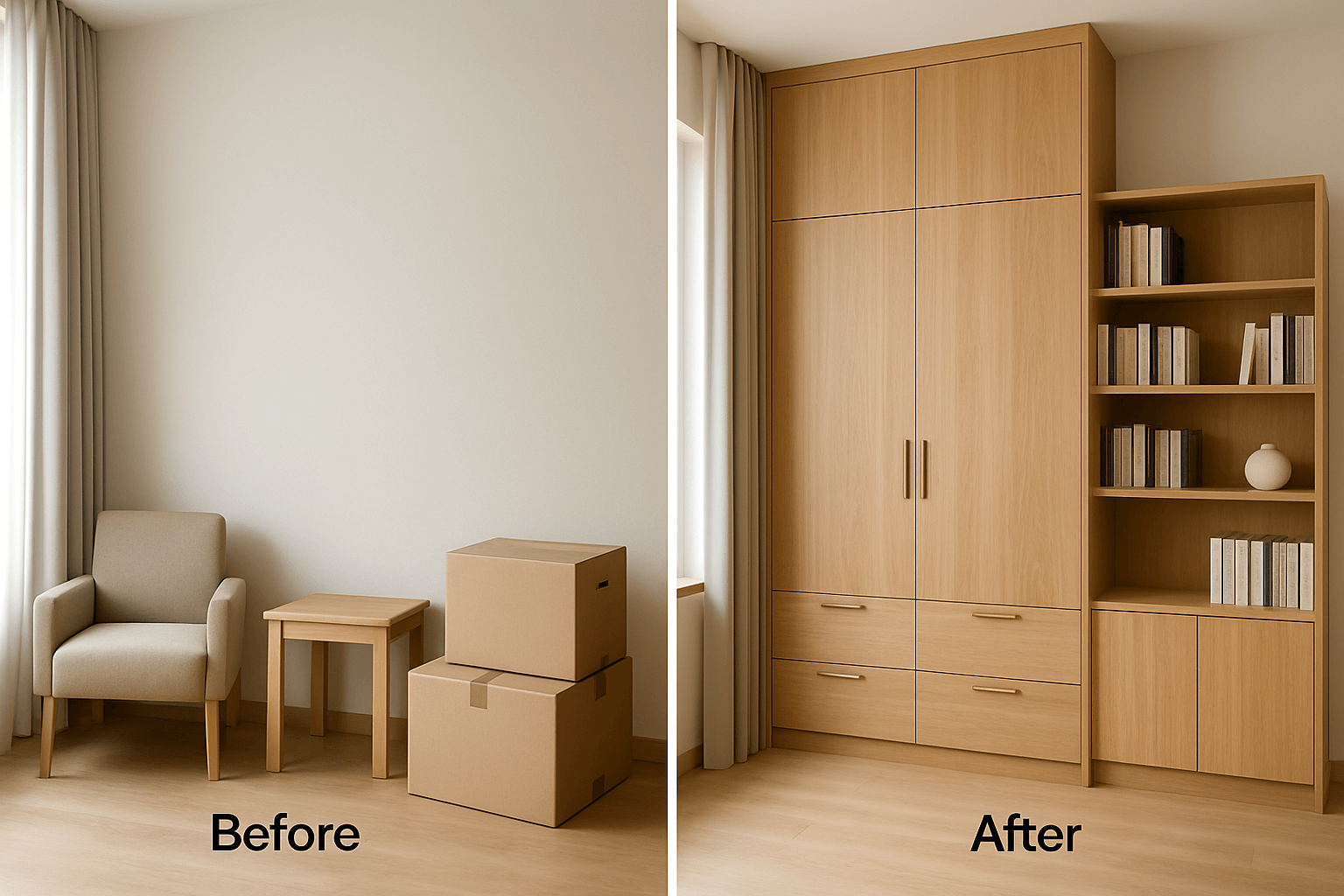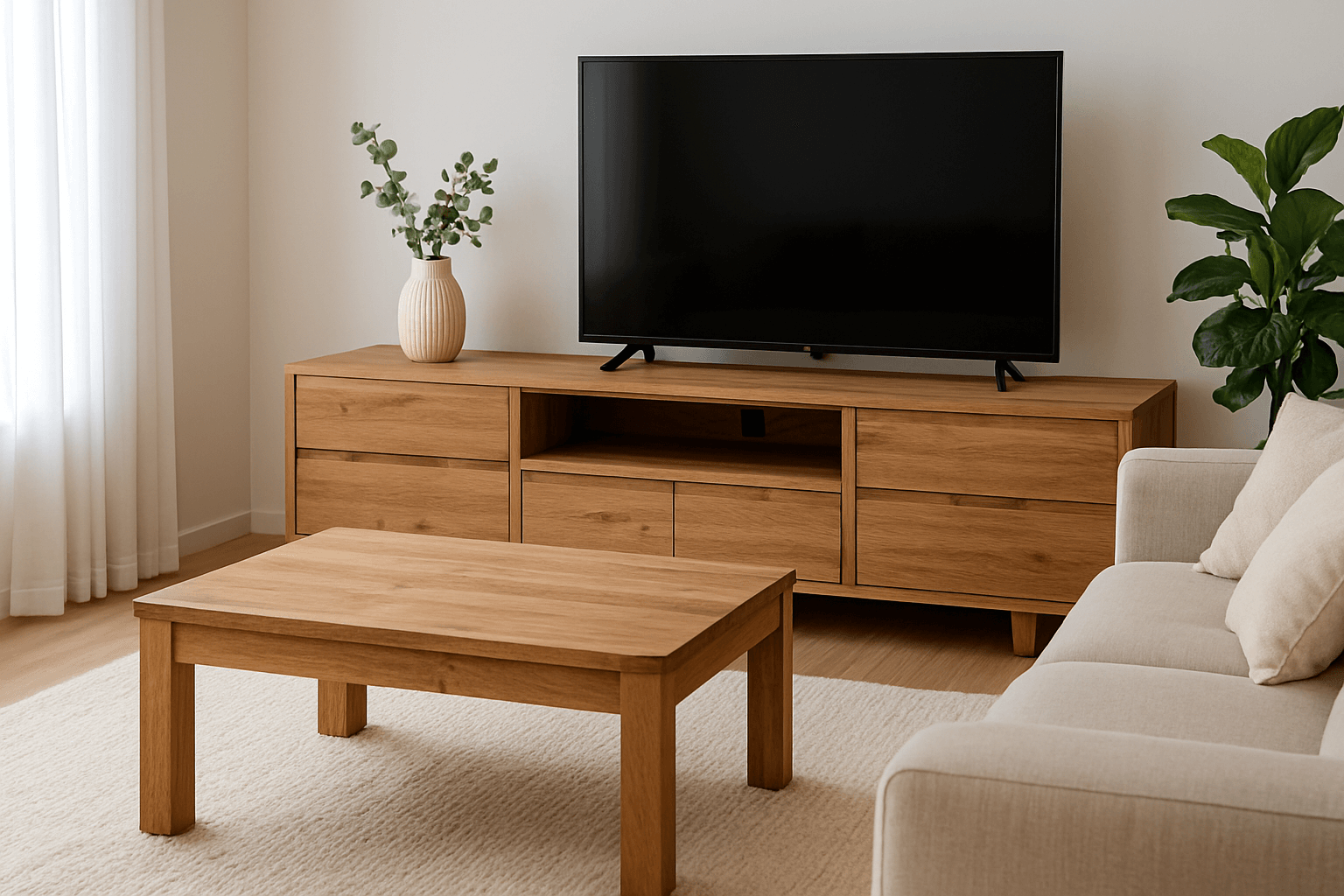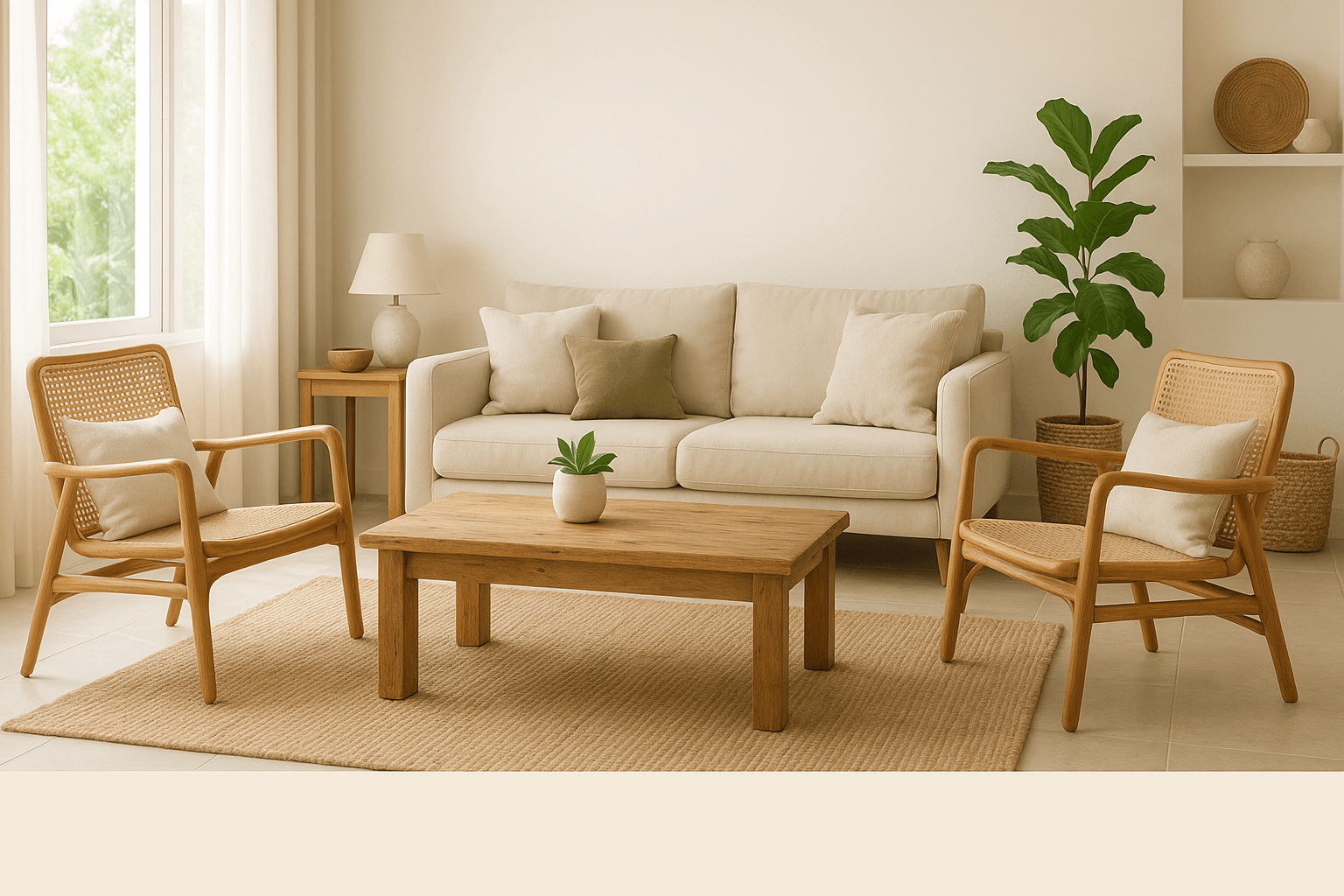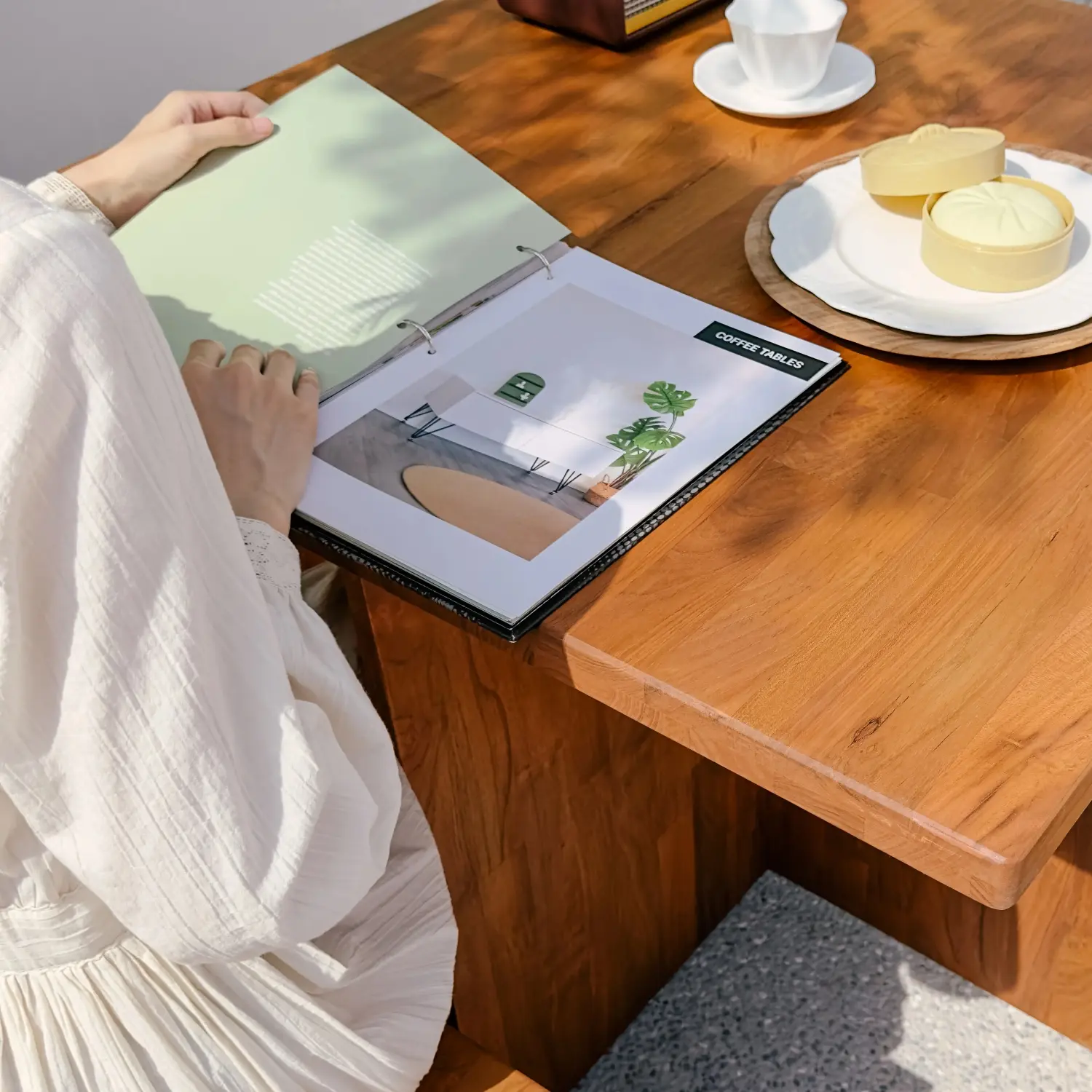E0 Standard Furniture Explained: What Every Homeowner Should Know
As awareness grows around air quality and home health, especially in humid environments like Singapore, more homeowners are choosing formaldehyde-free furniture. Labels like E0 and now ENF are becoming more common—but what do they really mean?
This article breaks down what these emission standards are, what they mean for your family’s health, and why solid wood furniture is the gold standard for eco-conscious buyers.
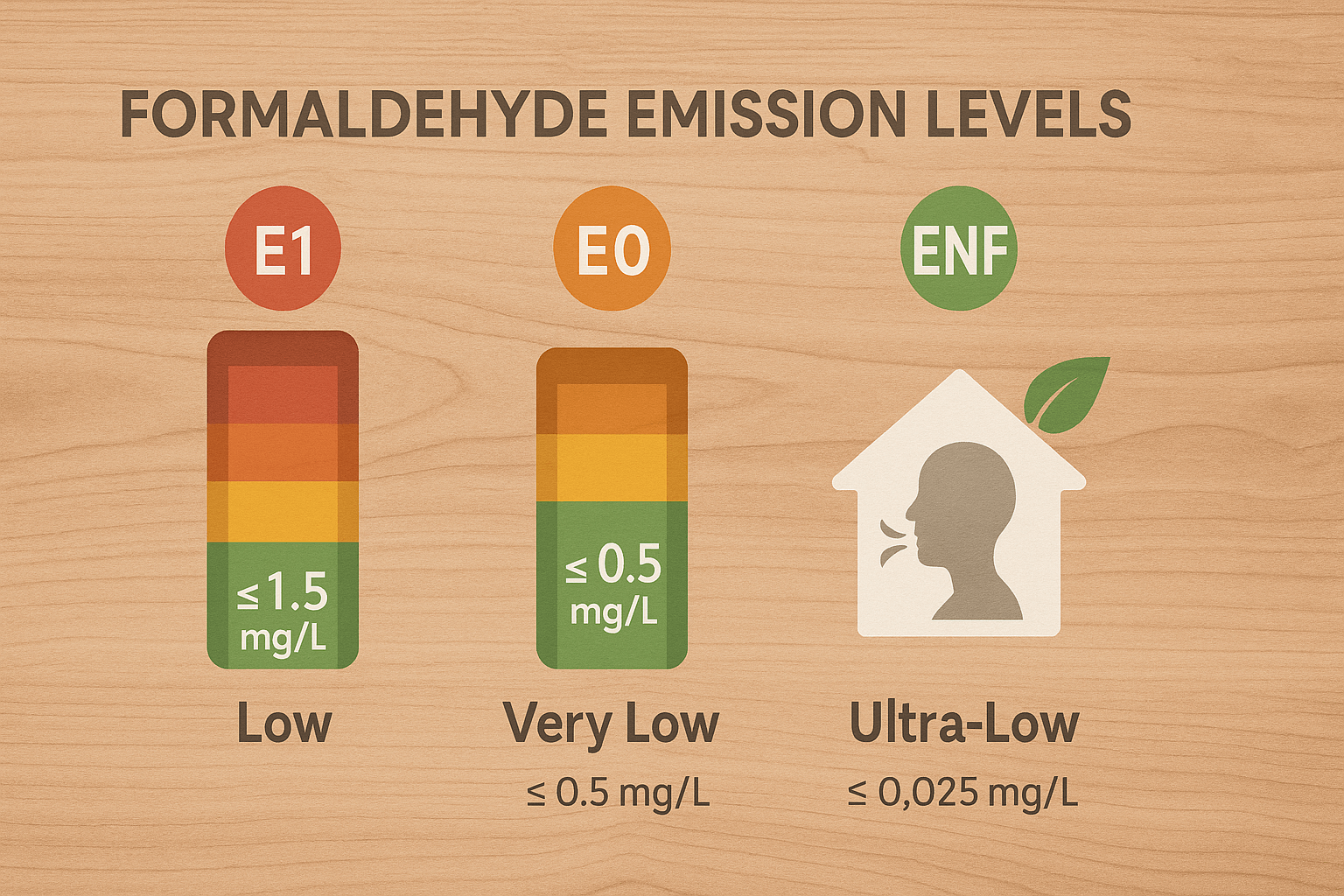
 What Is E0 Standard?
What Is E0 Standard?
The E0 standard is a low formaldehyde emission rating, widely recognized in Asia, particularly in China, Japan, and increasingly, Singapore. It ensures that furniture materials emit ≤ 0.5 mg/L of formaldehyde—a known indoor pollutant linked to respiratory irritation and long-term health concerns.
It’s significantly safer than the older E1 standard (≤ 1.5 mg/L), making E0-certified furniture a better choice for bedrooms, children’s spaces, and modern air-tight homes in Singapore.
 Introducing the ENF Grade: The New Global Gold Standard
Introducing the ENF Grade: The New Global Gold Standard
While E0 is already quite safe, ENF Grade takes it a step further—it’s the strictest formaldehyde emission standard currently available.
- ENF = Extremely Low Formaldehyde
- Maximum emission: ≤ 0.025 mg/m³ (even lower than E0)
- First introduced in the California Air Resources Board (CARB Phase 2) and widely adopted in Europe and the U.S.
 Good News: Solid wood naturally meets ENF grade.
Good News: Solid wood naturally meets ENF grade.
Unlike engineered wood (MDF, particleboard, plywood), solid wood doesn’t require heavy glues or binders, and when finished with water-based or natural oils, its formaldehyde emissions are nearly zero.
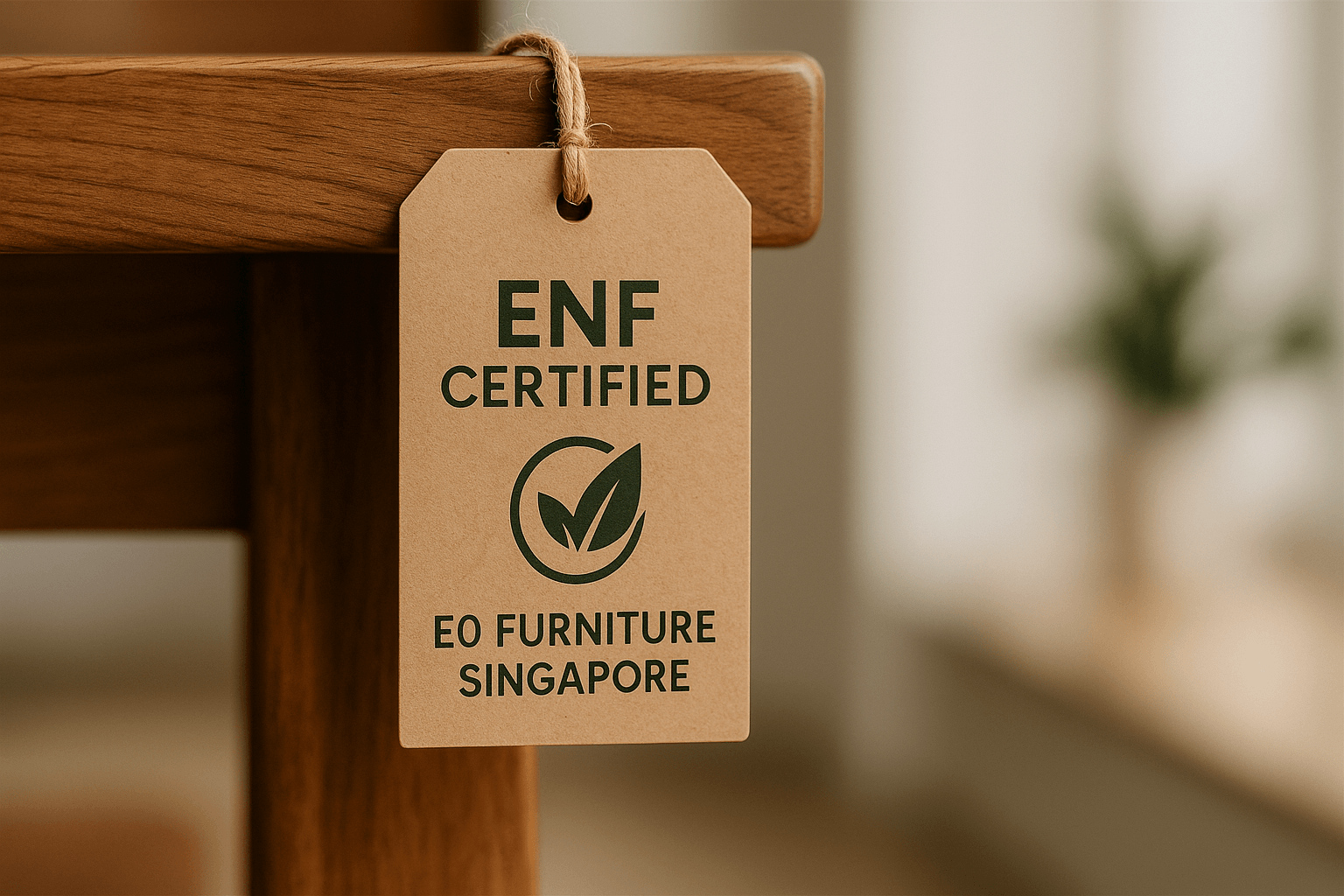
 Why Does This Matter in Singapore?
Why Does This Matter in Singapore?
Singapore homes typically have limited ventilation due to constant use of air-conditioning and sealed windows. Over time, this can lead to formaldehyde buildup from furniture, flooring, and cabinets.
Choosing E0 or ENF furniture in Singapore helps:
Improve long-term indoor air quality
Protect children, seniors, and pets
Align with eco-friendly and green building standards
Reduce risks of allergy or respiratory discomfort
 How to Recognize E0 or ENF Furniture
How to Recognize E0 or ENF Furniture
- Look for certified labels like E0, ENF, or CARB Phase 2 Compliant
- Ask for lab reports or emission test results from your furniture supplier
- Choose solid wood furniture with non-toxic finishes for the safest option
 Formaldehyde Emission Comparison
Formaldehyde Emission Comparison
| Grade | Max Emission | Common In |
| E2 | ≤ 5.0 mg/L | Outdated, rarely used now |
| E1 | ≤ 1.5 mg/L | Standard particleboard |
| E0 | ≤ 0.5 mg/L | Premium engineered boards |
| ENF | ≤ 0.025 mg/m³ | Top-grade, ultra-low emission |
 FAQ
FAQ
1. What is ENF grade furniture?
ENF is the strictest formaldehyde emission standard worldwide—emitting ≤ 0.025 mg/m³. It’s ideal for health-conscious households and is now used by top furniture brands globally.
2. Does solid wood meet E0 or ENF standards?
Yes! Solid wood is naturally low in VOCs and doesn’t rely on synthetic adhesives. With safe finishes, it meets or even surpasses ENF standards—making it the best choice for formaldehyde-free furniture in Singapore.
3. How is ENF different from E0?
While E0 allows up to 0.5 mg/L of emissions, ENF allows only 0.025 mg/m³—roughly 20x stricter. ENF is especially recommended for kids’ furniture, nurseries, and bedrooms.
4. Why are low-emission standards important in Singapore?
Singapore’s humid, enclosed homes trap indoor air pollutants easily. Choosing E0 or ENF furniture ensures cleaner air and lowers health risks, especially in long-term AC environments.
5. Is ENF-certified furniture worth the price?
Absolutely. You’re investing in health, safety, and peace of mind. Plus, solid wood furniture—which meets ENF standards by nature—is also long-lasting and sustainably sourced.

